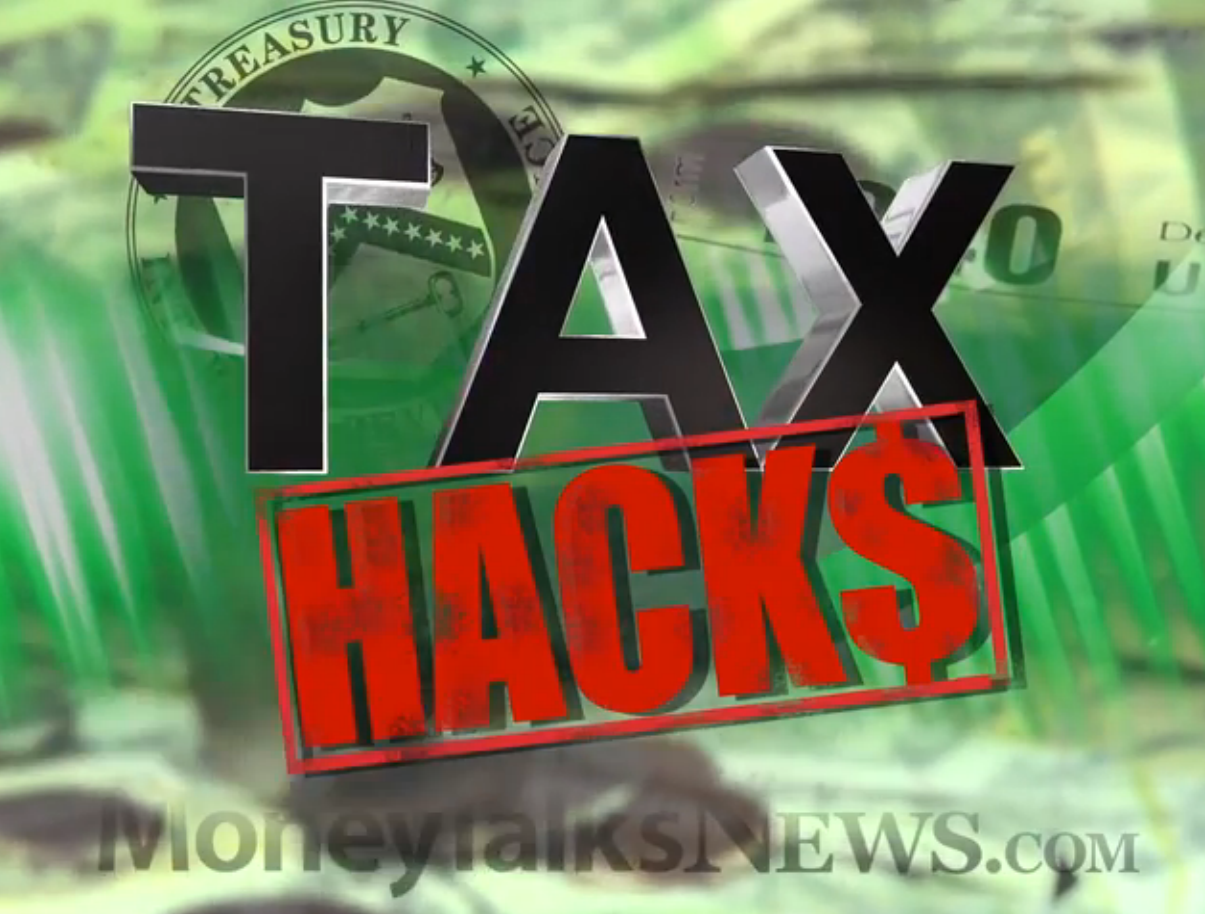Expert Tips for Maximizing Your Tax Return
If you, like so many of us, are daunted by tax season, you may catch yourself procrastinating, or (perhaps worse) filing in a hurry to sweep the task off your plate. But in the throes of a hasty e-file, you could be costing yourself some serious cash.

According to the tax experts at H&R Block, around one in five DIY tax-filers left money behind last year due to filing inaccuracies—a total of around one billion dollars, in fact—a loss owed mostly to missed tax credits and deductions.
The experts at H&R Block report that most inaccuracies that cause us to miss out on cash fall into the following categories:
- Filers failing to itemize when they should or failing to itemize all they could.
- Filers not claiming higher education credits when they are appropriate or claiming the wrong tax break.
- Filers not claiming all appropriate expenses to offset income on Schedule C or failing to claim income properly on Schedule C.
In the Q&A that follows, Lindsey Buchholz, principal tax research analyst at The Tax Institute at H&R Block, shares in-depth tax tips for singles, freelancers and small business owners that could help maximize your 2013 tax return—and will most certainly have your wheels spinning in the right direction for the tax year to come.
Smarty Cents: When itemizing, are there specific deductions that seem to be most commonly missed?
Lindsey Buchholz: When itemizing deductions it is important to remember that you have to be able to substantiate any deduction you take on your tax return. For many people record-keeping is the biggest hurdle to overcome when determining the amount of their itemized deductions.
Allowed itemized deductions are really for many common expenses most people incur and reflect the things that you naturally do during the year like pay your mortgage, medical expenses and make charitable contributions. Because people tend to do these things as part of everyday life, it is easy to forget that you need to save your receipts so that you can account for these expenses at tax time.
SC: To a young adult with no dependents and no significant assets to speak of, what advice would you offer for maximizing his/her tax refund?
LB: In order to maximize your tax refund, you really have to begin with advance tax planning and knowing what deductions you can take on your tax return. For tax filing, you have two options—use the standard deduction or itemize your deductions if the total results in a deduction larger than the standard deduction. For single individuals in 2013, the standard deduction amount is $6,100 ($12,200 married filing jointly).
The most common itemized deductions are medical and dental expenses (must exceed 10% of your AGI), state and local income taxes, home mortgage interest, real estate taxes, personal property taxes, charitable contributions, tax preparation fees and unreimbursed employee business expenses.
For most individuals, the combination of state and local income taxes, home mortgage interest and real estate taxes are what puts them over the standard deduction threshold. If you don’t own a home, look at the amount of state and local income taxes you pay and compare that amount to the standard deduction.
If you’re close, you may be able to exceed that amount by making charitable contributions so that you end up with a more advantageous tax situation. But remember that you can typically only consider payments made during the tax year for inclusion on the return for that year. Thus to fully benefit from itemizing deductions, you have to plan ahead to be able to know what you’ll need to do in the coming year to maximize your deductions. If you’re unsure about what steps you can take, talk to your tax professional now when you’re filing your 2013 tax return. A tax pro can give you advice on ways to boost your deductions as well.
SC: Can you describe the distinction between reporting a Form 1099-MISC and filing a Schedule C?
LB: In general, Form 1099-MISC is a form that sole proprietors, freelancers and contractors receive for their services rather than a form that they need to issue. It is used to report many different kinds of miscellaneous income, one of which is non-employee compensation. A Form 1099-MISC must be issued by a business to anyone that the business pays at least $600 for services during the year. A person who receives a 1099-MISC reporting non-employee compensation may be self-employed or work as an independent contractor.
On the other hand, self-employed individuals that operate as sole proprietors are required to file Schedule C to report their business income. IRS defines a business as “any activity carried on for the production of income from selling goods or performing services.”
In some cases, you may receive income that is reported as non-employee compensation on a Form 1099-MISC even though you are not an independent contractor or a sole proprietor. In that case, your income may be considered hobby income or as other income not requiring a Schedule C.
There are several different tests that the IRS uses to determine if income is considered to be hobby or self-employment income. In order to make this determination, taxpayers should consider the following factors:
- Does the time and effort put into the activity indicate an intention to make a profit?
- Does the taxpayer depend on income from the activity?
- If there are losses, are they due to circumstances beyond the taxpayer’s control or did they occur in the start-up phase of the business?
- Has the taxpayer changed methods of operation to improve profitability?
- Does the taxpayer or his/her advisors have the knowledge needed to carry on the activity as a successful business?
- Has the taxpayer made a profit in similar activities in the past?
- Does the activity make a profit in some years?
- Can the taxpayer expect to make a profit in the future from the appreciation of assets used in the activity?
For more information on what constitutes a business versus hobby income: Business or Deduction?
SC: What tips can you offer freelancers and contract professionals with a small amount of side-income for maximizing their return?
LB: For this category, it is not possible to provide a list of commonly overlooked deductions because what is deductible is unique to the business and is determined by what expenses are needed to carry out the activity. As a general rule, you can deduct the ordinary and necessary expenses for carrying on the activity. However, the total amount of deductions cannot exceed income from the activity, so ensuring that you don’t have expenses in excess of the income is critical.
If you are not self-employed as a sole proprietor, your income is likely treated as hobby income and any deductions will be reported as itemized deductions on a Schedule A.
SC: Looking ahead to the coming tax year, what tips can you offer DIY-ers for getting organized—and staying organized—in preparation to maximize next year’s tax return?
LB: Being organized is critical to ensure an easy tax filing process. A good place to start is by looking at the types of documents that you used last year when you filed your tax return. This will give you a good basis for knowing what you need next year. Creating a place to store tax related documents, such as receipts for expenses you will incur throughout the year, makes gathering these items later easier. The two most common examples of these types of expenses are receipts for medical expenses and those for charitable contributions.
For more DIY tax-filing tips from H&R Block—or for help filing—visit www.HRBlock.com.
Share this:
- Click to share on Facebook (Opens in new window)
- Click to share on Twitter (Opens in new window)
- Click to share on Pinterest (Opens in new window)
- Click to share on Tumblr (Opens in new window)
- Click to share on LinkedIn (Opens in new window)
- Click to email a link to a friend (Opens in new window)
- Click to print (Opens in new window)








